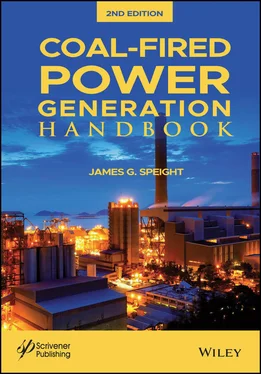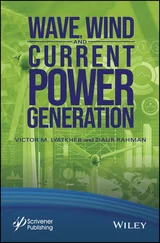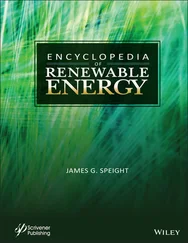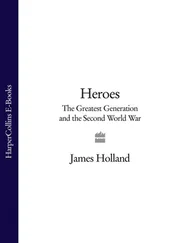
Since these relationships only apply to specific types of coal the application is often limited and it is unfortunate that composition and coal behavior do not exist in the form of simple relationships. In fact, classification by means of elemental composition alone is extremely difficult. Nevertheless, the attempt by Seyler to classify coal should not be ignored or discredited as it offered an initial attempt at an introspective look at coal behavior.
The American Society for Testing and Materials has evolved a method of coal classification over the years; it is based on a number of parameters obtained by various prescribed tests for the fixed carbon value as well as other physical properties which can also be related to coal use ( Table 2.4, Table 2.5). In the ASTM system (ASTM, D388), coal is classified based on certain gradational properties that are associated with the amount of change that the coal has undergone while still beneath the earth. The system uses selected chemical and physical properties that assist in understanding how the coal will react during mining, preparation and eventual use.
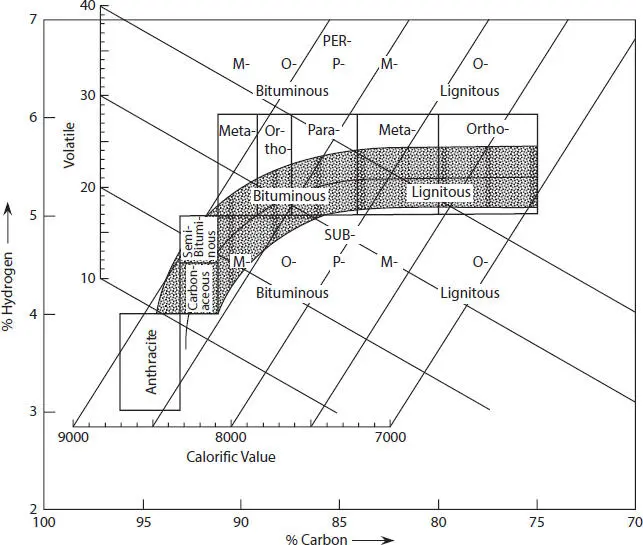
Figure 2.2Classification by the Seyler System.
Thus, coal can be divided into four major types; (i) anthracite coal, (ii) bituminous coal, (iii) subbituminous coal, and (iv) lignite coal which show considerable variation in properties ( Table 2.5). For the purposes of this text, peat is not classified as being a member of the coal series and, therefore, in this book peat is not included in this system of coal classification ( Chapters 1, 2).
Anthracite is coal of the highest metamorphic rank; it is also known as hard coal and has a brilliant luster, being hard and shiny. It can be rubbed without leaving a familiar coal dust mark on the finger and can even be polished for use as jewelry. Anthracite coal burns slowly with a pale blue flame and may be used primarily as a domestic fuel.
Bituminous coal ignites relatively easily coal burns with a smoky flame and may also contain 15-20% w/w volatile matter. If improperly burned, such as a deficiency of oxygen, bituminous coal is characterized with excess smoke and soot. It is the most abundant variety of coal, weathers only slightly, and may be kept in open piles with very little danger of spontaneous combustion, although there is evidence that spontaneous combustion is generally considered to be a factor of extrinsic conditions such as the mining and storage practices and the prevalent atmospheric conditions ( Chapter 4) (Berkowitz and Schein, 1951; Berkowitz and Speight, 1973; Chakravorty, 1984; Chakravorty and Kar, 1986; Speight, 2013). Bituminous coal is used primarily as fuel in steam-electric power generation, with substantial quantities used for heat and power applications in manufacturing and also to produce coke.
Table 2.4 Coal classification according to rank (ASTM D388).
| Class and group |
Fixed carbona (%) |
Volatile mattera (%) |
Heating valueb(btu/lb) |
| Anthracitic |
|
|
|
| 1. Meta-anthracite |
>98 |
<2 |
– |
| 2. Anthracite |
92–98 |
2–8 |
– |
| 3. Semianthracite |
86–92 |
8–14 |
– |
| Bituminous |
|
|
|
| 1. Low-volatile bituminous coal |
78–86 |
14–22 |
– |
| 2. Medium-volatile bituminous coal |
69–78 |
22–31 |
– |
| 3. High-volatile A bituminous coal |
<69 |
>31 |
>14,000 |
| 4. High-volatile B bituminous coal |
– |
– |
13,000–14,000 |
| 5. High-volatile C bituminous coal |
– |
– |
10,500–13,000 c |
| Subbituminous |
|
|
|
| 1. Subbituminous A coal |
– |
– |
10,500–11,500 c |
| 2. Subbituminous B coal |
– |
– |
9,500–10,500 |
| 3. Subbituminous C coal |
– |
– |
8,300–9,500 |
| Lignitic |
– |
– |
|
| 1. Lignitic A |
– |
– |
6,300–8,300 |
| 2. Lignitic B |
– |
– |
<6,300 |
aCalculated on dry, mineral-matter-free coal.
bCalculated on mineral-matter-free coal containing natural inherent moisture.
cCoals with a heating value of 10,500–11,500 btu/lb are classified as high-volatile C bituminous coal if they have agglomerating properties and as subbituminous A coal if they are nonagglomerating.
Table 2.5 Typical properties of coal.
| Sulfur content in Coal |
| Anthracite: 0.6-0.77% w/w |
| Bituminous coal: 0.7-4.0% w/w |
| Lignite: 0.4% w/w |
| Moisture content |
| Anthracite: 2.8-16.3% w/w |
| Bituminous coal: 2.2-15.9% w/w |
| Lignite: 39% w/w |
| Fixed carbon |
| Anthracite: 80.5-85.7% w/w |
| Bituminous coal: 44.9-78.2% w/w |
| Lignite: 31.4% w/w |
| Bulk density |
| Anthracite: 50-58 (lb/ft 3), 800-929 (kg/m 3) |
| Bituminous coal: 42-57 (lb/ft3), 673-913 (kg/m 3) |
| Lignite: 40-54 (lb/ft 3), 641-865 (kg/m 3) |
| Mineral matter content (as mineral ash) |
| Anthracite: 9.7-20.2% w/w |
| Bituminous coal: 3.3-11.7% w/w |
| Lignite: 4.2% w/w |
Subbituminous coal is not as high on the metamorphic scale as bituminous coal and has often been called black lignite. Lignite is the coal that is lowest on the metamorphic scale. It may vary in color from brown to brown-black and the properties of subbituminous coal range from those of lignite to those of bituminous coal. This coal is used primarily as fuel for steam-electric power generation and is also a source of low-boiling aromatic hydrocarbon derivatives that can be used as feedstocks in the chemical industry and in the petrochemical industry.
Lignite ( brown coal ) is often distinguished from subbituminous coal by having lower carbon content and a higher moisture content. It is the lowest rank coal (peat is not considered to be coal) and used almost exclusively as fuel for electric power generation. Lignite may dry out and crumble in air and is certainly liable to spontaneous ignition and combustion.
The ASTM system is based on proximate analysis in which coals containing less than 31% volatile matter on the mineral-matter-free basis (Parr formula) are classified only on the basis of fixed carbon, i.e., 100% volatile matter (Parr, 1922; Speight, 2013, 2015). Coal is divided into five groups: (i) >98% fixed carbon, (ii) 98% to 92% fixed carbon, (iii) 92% to 86% fixed carbon, (iv) 86% to 78% fixed carbon, and (v) 78% to 69% fixed carbon. The first three groups are anthracites, and the last two are bituminous coals (Speight, 2013, 2015). The subbituminous coals and lignite are then classified into groups as determined by the calorific value of the coals containing their natural bed moisture; i.e., the coals as mined but free from any moisture on the surface of the lumps.
Читать дальше
